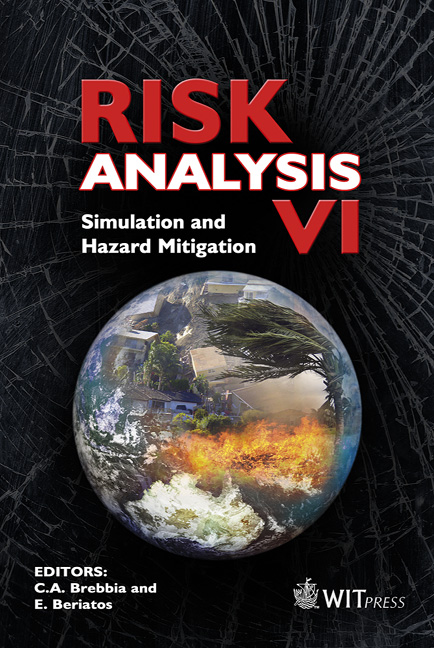An Integrated LCA/LCC Framework For Assessing Product Sustainability Risk
Price
Free (open access)
Volume
39
Pages
8
Page Range
121 - 128
Published
2008
Size
464 kb
Paper DOI
10.2495/RISK080131
Copyright
WIT Press
Author(s)
N. Palousis, L. Luong & K. Abhary
Abstract
Design for Environment is a design approach used to improve the performance of products and manufacturing operations, and reduce business disruption and sustainability risk, through design characteristics that reduce environmental impacts over the product’s entire life cycle. For a manufacturing company, ‘sustainability risk’ includes those risks resulting from the emerging environmental and social justice issues (such as greenhouse emissions and waste legislation) that directly affect the quality, cost and development time of a product line. Identifying and assessing these risks at the product design stage is crucial for the development of products that both minimise sustainability risk exposure and are environmentally sustainable. Sustainability Risk Assessment at the product design stage must link the environmental impact of a product to business risks that affect the product life cycle cost. This paper describes a framework that integrates Life Cycle Analysis and Activity-Based Life Cycle Costing with risk assessment to identify, assess and model the impact of sustainability risks specific to a product’s life cycle characteristics. Keywords: sustainability, risk assessment, Life Cycle Costing, Life Cycle Analysis, Sustainability Target Method, climate change, Design for Environment. 1 Introduction The global issues of climate change, resource consumption and waste are translating into real business risks and opportunities that are forcing Australian manufacturers to design their products more sustainably. Particularly, the Australian Government’s renewed focus on climate change response through
Keywords
sustainability, risk assessment, Life Cycle Costing, Life Cycle Analysis, Sustainability Target Method, climate change, Design for Environment.





